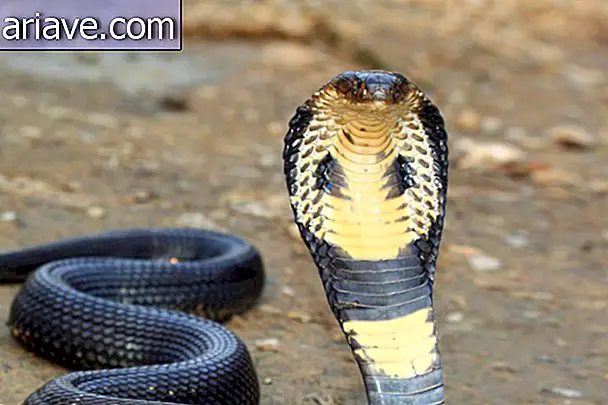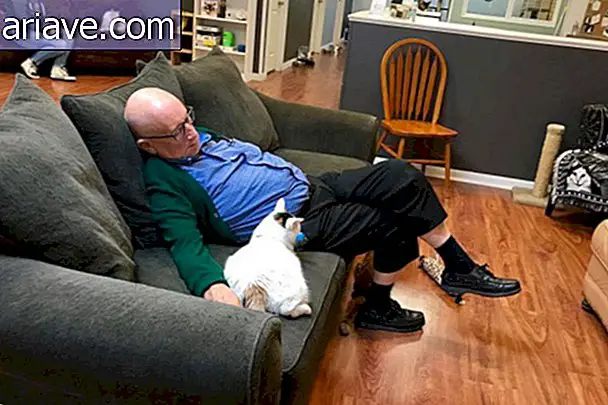The first mission to Mars should be done by women only
How many female astronauts have you had the opportunity to witness in great deeds of mankind on space expeditions? Sure, they exist, but in far fewer quantities than men. And, amazingly, even the US government agency thinks they do much better.
In 2013, NASA announced its new team with eight new recruits, and for the first time, the number of female astronauts equaled the number of men. Now there are four of each sex. This was a major breakthrough in this profession once dominated almost exclusively by males.

The history of women in space
This is not the first time NASA has had the opportunity to send a group of women into space. In the 1960s, when space program pilots were still preparing, 13 female astronauts passed the same physical and psychological tests that men had to pass.
But before either of them could get excited about the possibility of a space travel, all 13 women received NASA telegrams informing them that it would not be possible to leave Earth. They went to Washington to defend their case, but were rejected by the agency anyway.
NASA board and other astronauts decided that this would be culturally problematic. As reported in Martha Ackmann's 2003 book “The Mercury 13, ” influential astronaut John Gleen said, “Men can go out, fight wars, fly airplanes and still come back and help design and build spacecraft.”
He added: “The fact that women are in this field is not in our social order. This can be very undesirable for everyone. ” Gleen testified before the Subcommittee of the Chamber of Science and Astronautics. Scott Carpenter did the same, testifying against women, but later regretted it.

And then they got it
In 1963 Valentina Tereshkova was the first woman to go to space, but it was not until 20 years later that an American woman had a chance to go on a space trip. In 1983, Sally Ride broke this barrier. And in 1999, the first woman to command a space mission was Eileen Collins.
Of the initial 13 women, flight instructor Wally Funk - who, when reportedly tested, fared better than many men, even better than John Gleen - still dreams of spaceflight. At the time, she told of her disappointment in being discriminated against: "The time when women had to be in the kitchen is over."

But what if women are not as good as men, but better than them?
Kate Greene shared her testing experience for NASA's Hawaii Space Exploration Analog and Simulation (HI-SEAS) program. She argues that spending on women is lower and they are better suited for interstellar travel. The reason given is that women eat less and take up less space.
She detailed a running test done that showed that three female crew members spend less than half the calories of three men. "We were all exercising the same minutes of exercise, about 45 a day, for 5 consecutive days, but our metabolism was calibrated in radically different ways."
“For a week, a metabolically active man consumed about 3, 450 calories a day, while a woman in the same condition needs about 1, 475 calories a day. It was rare for us to have more than 2, 000 calories daily, while for our crew members it was normal to exceed 3, 000, ”she concluded.

Analyzing all the facts
This simulation allows NASA to have accurate data about real people in circumstances that could actually happen on a space mission. Greene not only made his point from this information, but also verified the reports sent to the agency by Alan Drysdale.
He compared a small woman with a large man in terms of energy needs. "Drysdale found that a small woman would use less than half the resources of a big man, " Greene said hopefully, and hopes we can have such a woman on the team soon.
“Small women are no dumber than big women or big men, so there's no reason to choose the bigger people for a flight crew when it's brain power that counts. The only logical thing to do is to send small women to fly and get into the statistics. ”

Maybe one day
If women do well on the physical and psychological tests needed for spaceflight - and there is evidence that they do better with the stresses of working in a small space and with limited staff - and if they use fewer resources, they save money. money and fuel, why don't we have female astronauts anymore?
However, it is not surprising when considering long-standing cultural assumptions and stereotypes about women. These things have really been holding on to female astronauts, especially when it comes to space exploration. But maybe one day, isn't it?











